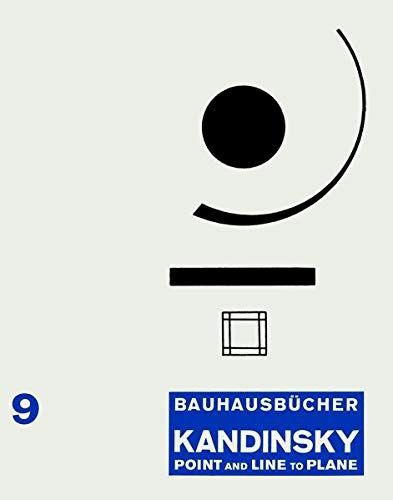Readings Newsletter
Become a Readings Member to make your shopping experience even easier.
Sign in or sign up for free!
You’re not far away from qualifying for FREE standard shipping within Australia
You’ve qualified for FREE standard shipping within Australia
The cart is loading…






Point and Line to Plane can be seen as a continuation of Wassily Kandinsky s seminal treatise On the Spiritual in Art. Kandinsky s thesis is that different constellations of point, line and surface have different emotional effects on the viewer. Starting from the point (which represents the most concentrated and minimal graphic form), he understands all painterly forms as being a play of forces and counterforces: of contrasts. Kandinsky’s essay can be read as an aesthetic analysis of form and its effect on the viewer. Based on the various effects of linear elements on our mood, Kandinsky attempts to develop an order of form types. Here, he offers an approach to a theory of the effects of form, which makes volume 9 one of the most important writings on art theory of the 20th century and it can still be understood as contemporary today. AUTHOR: Wassily Kandinsky, Bauhaus master from 1922 to 1933, was the school’s deputy director between 1923 and 1933. When he was appointed by the Bauhaus, he was already one of the great names in modern art. For young and talented people, this was often reason enough to engage the Bauhaus experiment. 129 illustrations
$9.00 standard shipping within Australia
FREE standard shipping within Australia for orders over $100.00
Express & International shipping calculated at checkout
Point and Line to Plane can be seen as a continuation of Wassily Kandinsky s seminal treatise On the Spiritual in Art. Kandinsky s thesis is that different constellations of point, line and surface have different emotional effects on the viewer. Starting from the point (which represents the most concentrated and minimal graphic form), he understands all painterly forms as being a play of forces and counterforces: of contrasts. Kandinsky’s essay can be read as an aesthetic analysis of form and its effect on the viewer. Based on the various effects of linear elements on our mood, Kandinsky attempts to develop an order of form types. Here, he offers an approach to a theory of the effects of form, which makes volume 9 one of the most important writings on art theory of the 20th century and it can still be understood as contemporary today. AUTHOR: Wassily Kandinsky, Bauhaus master from 1922 to 1933, was the school’s deputy director between 1923 and 1933. When he was appointed by the Bauhaus, he was already one of the great names in modern art. For young and talented people, this was often reason enough to engage the Bauhaus experiment. 129 illustrations